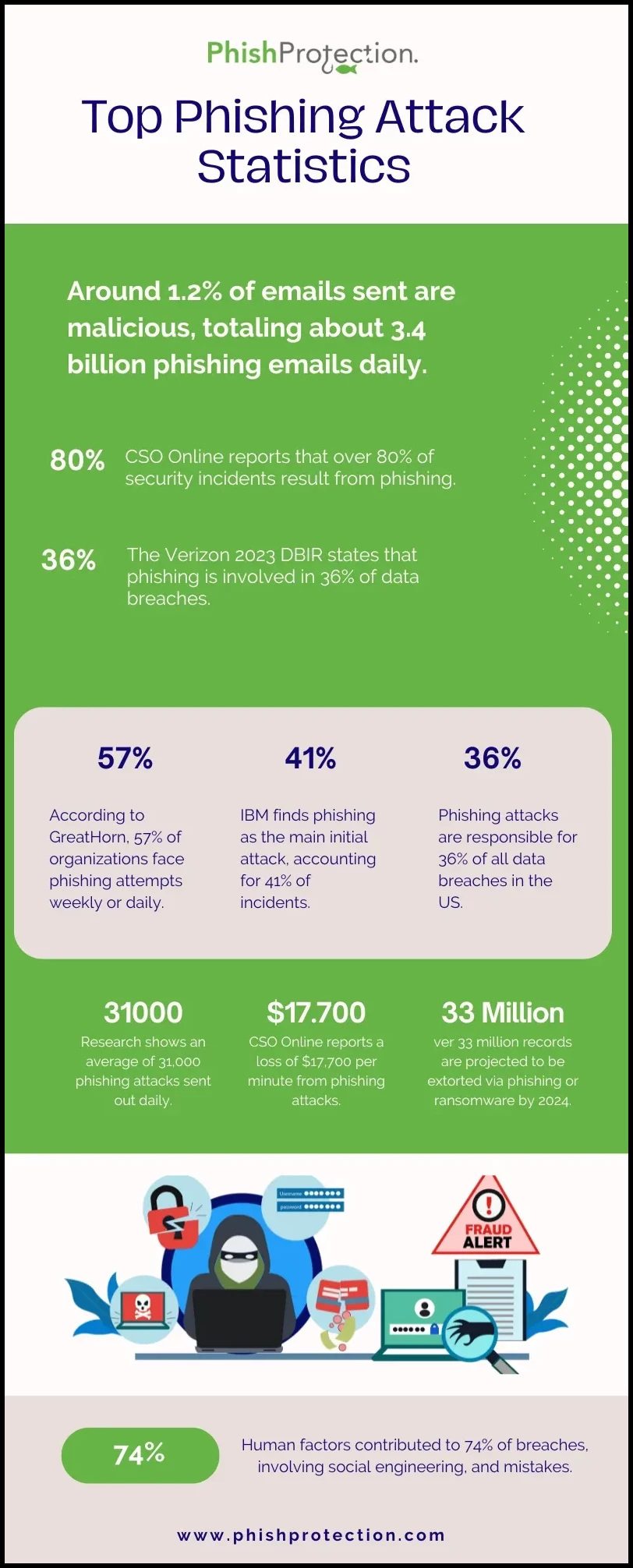Phishing attacks are gradually turning into a global menace. Surprisingly enough, artificial intelligence (AI) is playing a significant role in their proliferation. Threat actors have started leveraging AI to enhance their phishing tactics and effortlessly evade security setups.
Gone are the days when one could detect a malicious email by looking at grammatical mistakes, unprofessional language, and poor graphics. Even the images, often sourced from Depositphotos, appear legitimate. Let’s find out more about the seamless contribution of AI in cyberattacks.
AI Facilitates Seamless Phishing Attacks
Deepfakes have become the talk of the town. Every day, we are bombarded left, right, and center with news of celebs being the victims of deepfake technology.
Not only celebrities but even common men are facing issues because of fake audio and video calls wherein a loved one poses to be stuck in a distressful condition and claims to be in dire need of money.
The ultimate goal of such deepfake scams is to create a sense of chaos, instill fear among people, and mint easy, quick money from the victims.
With AI, creating fake websites, imitating the tonality of an industry giant, or generating email content has become easier than ever. All it takes is to insert the right prompts, and a chain of fail-proof phishing campaigns is ready to break into the banks of innocent and unaware internet users.
Also, the use of AI helps threat actors evade SEG detection and bypass the overall threat detection system conveniently.
How Do Threat Actors Leverage AI to Scam Naive Users?
Here’s how threat actors make the most out of artificial intelligence to streamline their phishing campaigns:
Research and Analysis
AI tools like WormGPT enable threat actors to scour the internet and collect relevant data that aligns with their target group. They also collect a huge pool of data from different online platforms, such as public records, social media profiles, regular online activities, etc. By using AI, threat actors analyze and study the preferences, behavioral patterns, inclinations, and areas of interest of their target groups.
Giving that Personal Touch
Generative AI analyzes the available data to create personalized content. Thus, malicious emails and text messages sometimes look hyper-personalized. By using AI, fraudsters can easily discuss any recent activity by the user, such as a particular event, the latest purchases, and much more.
This enhances the persuasive power of these phishing emails/messages as the content looks legitimate and trustworthy enough.
Churning Out “Quality” Content
AI also effectively mimics the tonality and writing style of famous brands and individuals. This allows threat actors to create a sense of familiarity and overcome a sense of distrust.
Automation
Threat actors also rely heavily on AI to automate and streamline their operations. With AI, they can generate thousands of emails and text messages quickly and send them to specific targets.
Government agencies and industry experts must urgently integrate AI to bolster cybersecurity resilience against relentless threat actors, thereby strengthening phishing protection measures.



